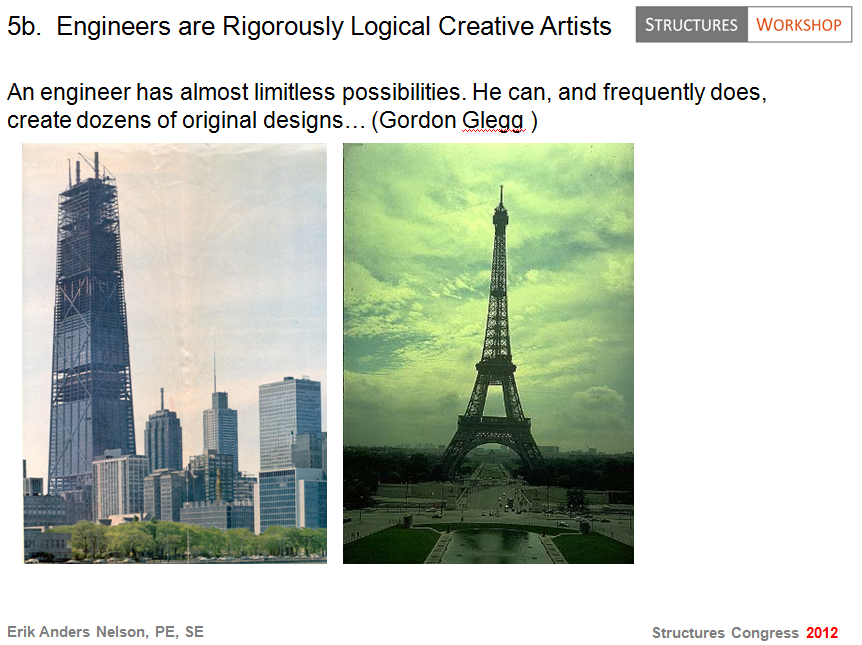Soc. And how many spaces are there in this section?
Boy. Two.
Soc. And four is how many times two?
Boy. Twice.
Soc. And this space is of how many feet?
Boy. Of eight feet.
Soc. And from what line do you get this figure?
Boy. From this.
Soc. That is, from the line which extends from corner to corner of the figure of four square feet?
Boy. Yes.
Soc. And that is the line which the learned call the diagonal. And if this is the proper name, then you, boy, are prepared to affirm that in order to double the area of the column, you would square the diagonal?
Boy. Certainly, Socrates.
Soc. What do you say of him, Meno? Were not all these answers given out of his own head?
Men. Yes, they were all his own.
Soc. And yet, as we were just now saying, he did not know?
Men. True.
Soc. But still he had in him those notions of his-had he not?
Men. Yes.
Soc. Then he who does not know may still have true notions of that which he does not know? Without any one teaching him he will recover his knowledge for himself, if he is only asked questions? And this spontaneous recovery of knowledge in him is recollection?
Men. True.
Soc. And this knowledge which he now has must he not either have acquired or always possessed?
Men. Yes.
Soc. But if he always possessed this knowledge he would always have known; or if he has acquired the knowledge he could not have acquired it in this life, unless he has been taught geometry; for he may be made to do the same with all geometry and every other branch of knowledge. Now, has any one ever taught him all this? You must know about him, if, as you say, he was born and bred in your house.
Men. And I am certain that no one ever did teach him.
Soc. And if there have been always true thoughts in him, both at the time when he was and was not a man, which only need to be awakened into knowledge by putting questions to him, his soul must have always possessed this knowledge, for he always either was or was not a man? .
Men. I feel, somehow, that I like what you are saying.
Soc. And, Meno, I like what I am saying. Then, as we are agreed that a man should enquire about that which he does not know; that is a theme upon which I am ready to fight, in word and deed, to the utmost of my power.
In other words, we should want our students to acquire the freedom that allows them to acknowledge the one certainty in life: “Indeed, Socrates, I do not know.” Recognition of that certainty, we are all ignorant, is the pathway to learning. Then learning things will belong to them, instead of just repeating things that belong to others (memorization of facts, test taking, etc). Future engineers need to process the tools resulting from a liberal education to help them to listen and to read attentively and deeply, to express themselves intelligibly and precisely, to measure and question the world, and to seek truth. This will help them become lifelong learners. Another useful result, it will make them better at understanding the highly technical and theoretical aspects of engineering too. We don’t want engineers who regurgitate what they have been taught and memorized. We want them to struggle and to engage the world and people in a meaningful ways. We want engineers with a spirit of inquiry and love of learning that will last a lifetime. So even if we add classes that submit to trends in the marketplace or wrongly decide our students need more mathematics, we better make sure that Socrates joins every class.












